
4 min read
How to...Design a Kitchen That Supports Your Wellbeing Part 1
WLLW dives into designing the kitchen, crafting a space for health and connection.
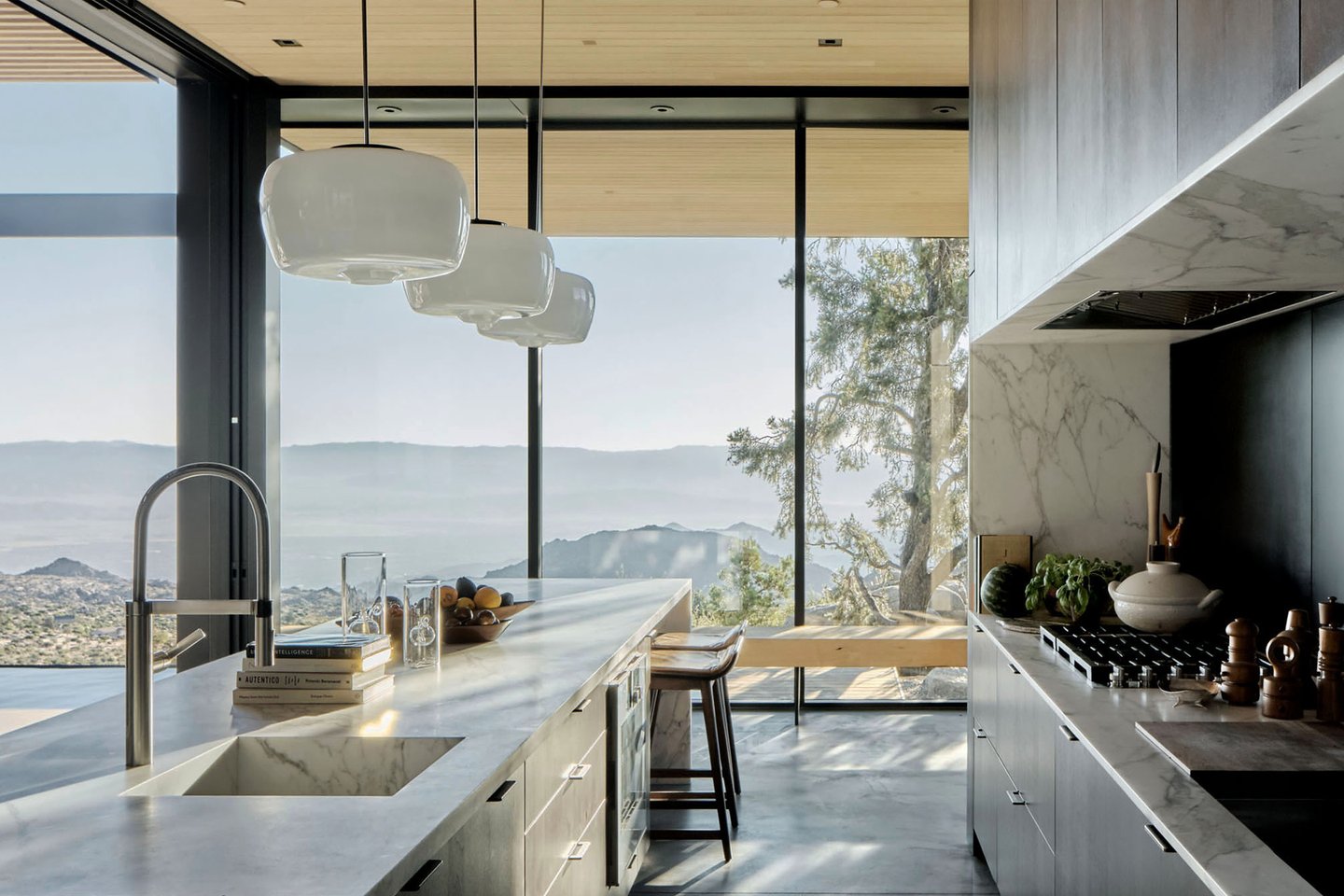
7 min read
WLLW continues our kitchen series by focusing on functional design that can positively impact our overall health.
In the next part of our kitchen series, we focus on designing spaces that enhance wellbeing. We'll cover kitchen layouts, effective storage, healthy appliances, lighting, air ventilation and water filtration systems.
It's important to tailor your kitchen design to fit your lifestyle and the needs of your family. Considerations such as household size and everyday cooking styles will shape the need for varied storage solutions for food, cookware and appliances. The choices you make will contribute significantly to a kitchen that's a pleasure to use and can support the wellbeing of your home.

While the conventional wisdom of the ‘kitchen work triangle’ – a layout that arranges the sink, refrigerator and stove to loosely form a triangle for efficient movement – still serves as a starting point, today's kitchens are multifunctional spaces that go beyond this basic configuration. Defining your kitchen into working zones, including cooking, cleaning, prep and storage areas, especially in larger layouts with islands, ensures it can accommodate multiple cooks. This organization streamlines the culinary process and, if planned strategically, can promote healthier eating choices. A considered design ensures that wholesome ingredients and the tools to prepare them are accessible and within easy reach.
Certain additional kitchen features can greatly improve both functionality and enjoyment. Double ovens, for instance, simplify cooking multiple dishes simultaneously. Pot-filler faucets installed at the stove contribute to safety and convenience, while extra prep sinks invite multiple cooks to participate, streamlining cooking and cleaning.
Incorporating a kitchen garden, whether on a windowsill or by using hydroponics, ensures a supply of fresh ingredients. Hydroponics – a soilless cultivation method using nutrient solutions – allows a variety of plants to flourish indoors all year round.
As discussed in Part 1, creating a dedicated space for dining is also important. A tranquil nook for eating allows for a moment of pause, encouraging a mindful approach to meals where the flavors can be savored. Island seating can facilitate social interaction during meal prep, while additional casual seating areas can make the kitchen a communal space for gathering and engagement.


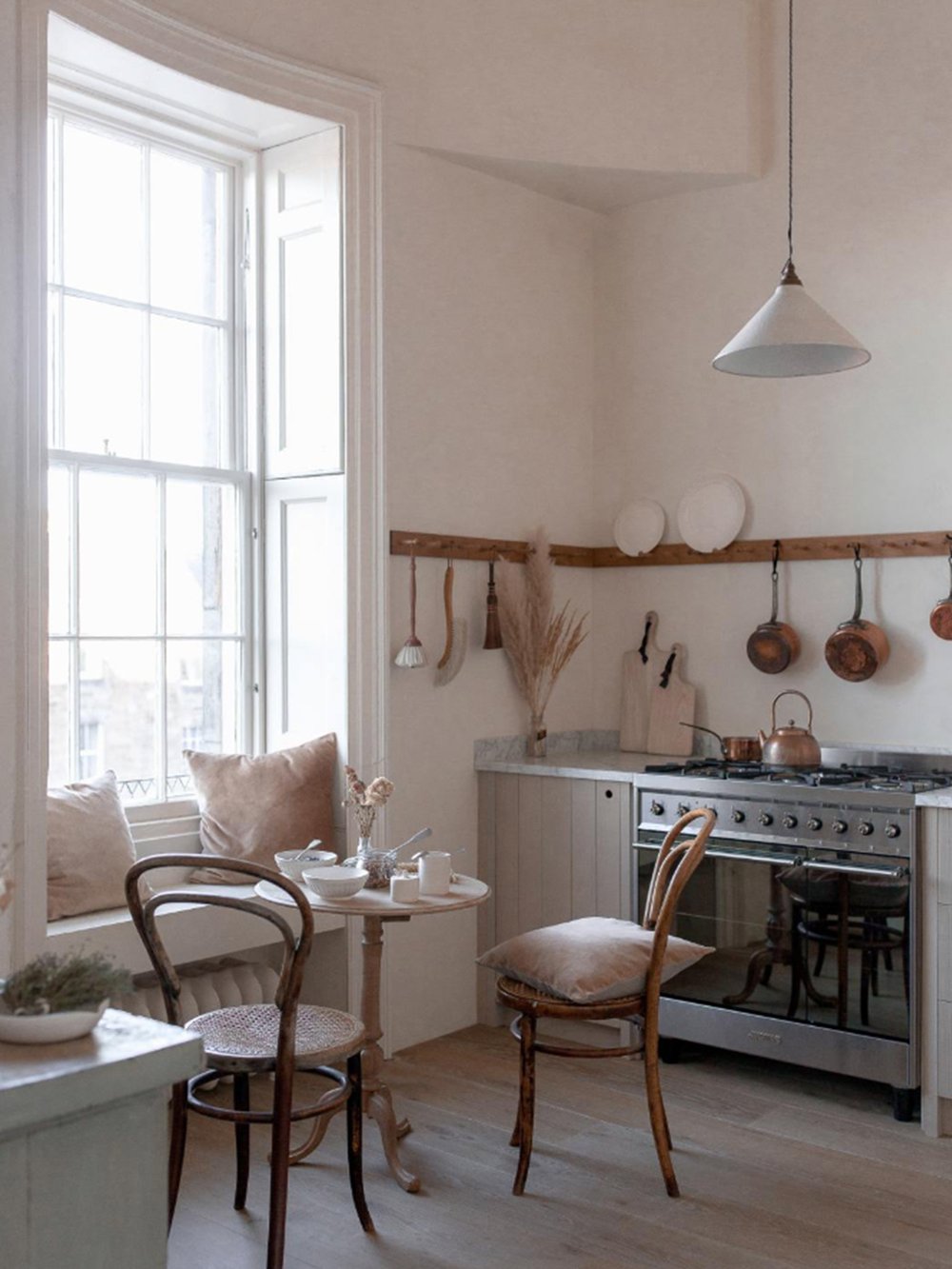
Thoughtful storage design ensures healthy options are both visible and reachable. Shallow or pull-out shelves counteract the ‘out of sight, out of mind’ issue common with deeper cupboards. Using clear glass jars for storage not only facilitates organization but also reduces waste, which aligns with zero-waste shopping where ingredients can be refilled, moving away from single-use plastic. This approach avoids harmful toxins like phthalates and bisphenol A (BPA)—often found in plastic packaging—which can disrupt hormones and are linked to serious health issues such as cardiovascular disease, cancer, and infertility.
Specialized areas for storing certain foods, such as cool and dark spaces for root vegetables, prolong freshness, and a prominently placed fruit bowl serves as a visual cue for healthy snacking. Ensuring smaller appliances like blenders are readily available encourages consistent use. A well-planned waste management system with spaces for recycling and composting is a crucial component of a kitchen. Using reusable containers for bulk goods and supporting home delivery services that minimize packaging waste further contributes to a sustainable approach, reducing what would otherwise end up in landfills.
The benefits of lower cabinets with pull-out drawers are significant; they offer an ergonomic solution that spares us the strain of reaching for heavy items in overhead cabinets. Drawer dividers create an efficient system for organizing plates, utensils and cookware, enhancing ease of use. Additionally, the inclusion of open shelving and hanging storage not only serves a practical purpose but also invites personal expression, allowing the kitchen to reflect individual style and character.

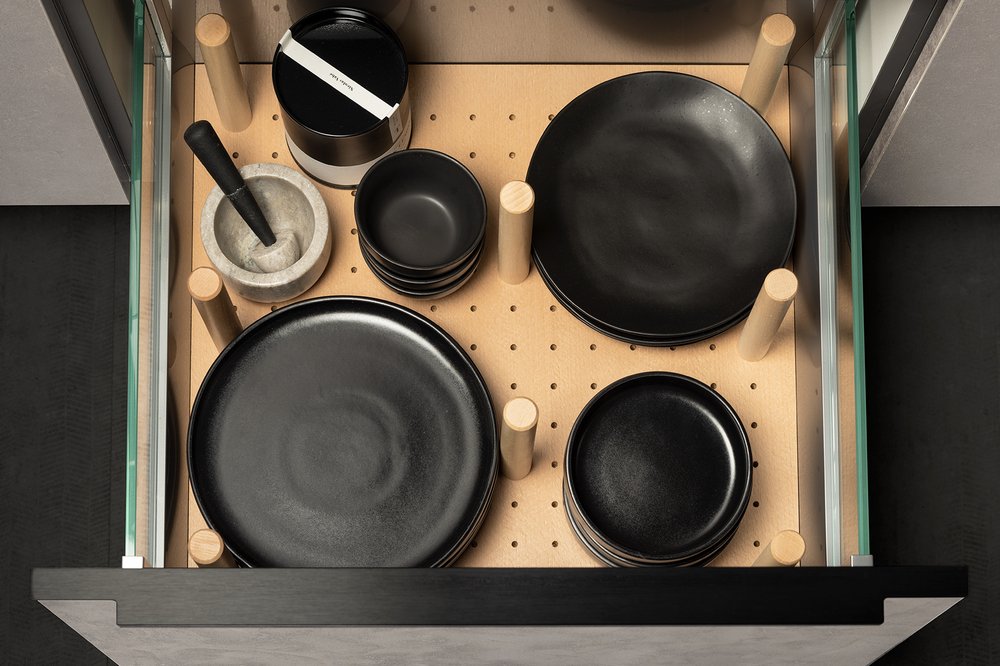


The tools we use in the kitchen shape our eating habits and have a direct impact on our health. Blenders create nutritious soups and smoothies, while food processors make it easy to prep vegetables or whip up healthier alternatives for salad dressings and nut butters. Slow cookers offer a hands-off approach to preparing wholesome meals, which is ideal for busy lifestyles. Steam ovens are increasingly popular for their moisture-based cooking, which preserves the nutritional value and freshness of food, reducing the risk of overcooking. Air fryers allow for healthier cooking with minimal oil. Pressure cookers, favored for their versatility and speed, cook meals quickly while preserving flavor and nutrition.
Smart features in modern appliances, like refrigerators that adjust cooling based on contents, contribute to energy efficiency and help to preserve food reducing waste. Additionally, opting for electric cooktops, can help reduce emissions and long-term energy costs. Convection ovens (including the convection feature on traditional ovens) are designed to cook food faster and more evenly, thanks to a fan and exhaust system that circulates hot air. This method cooks food about 25 percent faster, making it a more energy-efficient choice than traditional ovens.
However, it’s essential to be mindful of the materials used in these appliances. Non-stick coatings, often made with PFAS compounds, can pose health risks, including cancer and liver damage. Instead, opt for appliances with stainless steel or galvanized steel components, which do not harbor these harmful chemicals. Additionally, be cautious with self-cleaning ovens, which can emit carbon monoxide (CO) during the cleaning process. Ensuring proper ventilation during use and installing a carbon monoxide detector are prudent steps to safeguard your household's air quality and health.
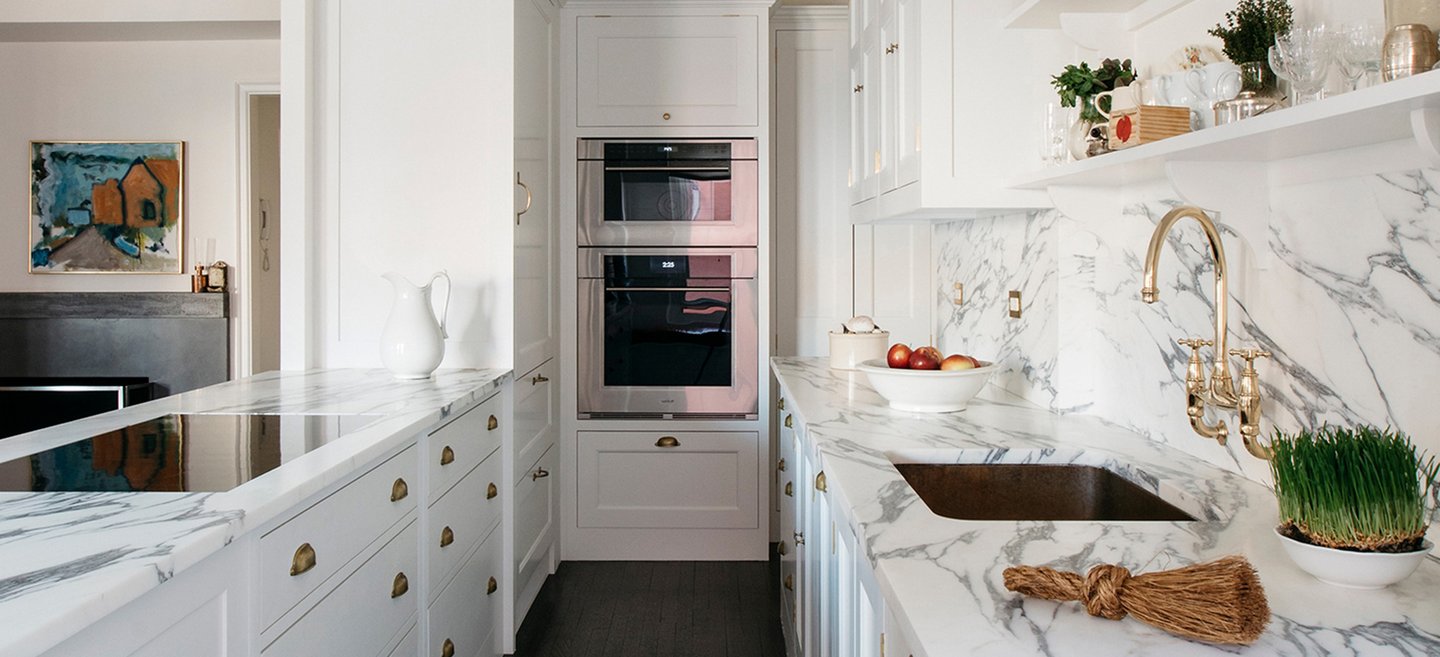
A well-lit kitchen seamlessly integrates natural and artificial lighting, each serving its own purpose. Natural light supports our circadian rhythm – key for sleep and mood regulation – and helps mitigate symptoms of depression and anxiety while promoting vitamin D production and strengthening immune function. It's also ideal for nurturing an indoor herb and vegetable garden, providing easy access to fresh produce. Task lighting contributes to safe and effective cooking, while adjustable ambient lighting fosters a calm dining environment. Focused task lights brighten workspaces, and decorative elements such as lamps and sconces add warmth to the room.

Proper ventilation is essential, as numerous studies have shown that cooking fumes and appliance emissions can degrade indoor air quality in the absence of adequate airflow. Harmful air pollutants such as carbon monoxide (CO), nitrogen dioxide (NO2), and particulate matter (PM) pose serious health risks, arising not only from industrial activities or traffic but also from common household cooking processes. Everyday cooking, especially on gas stoves, is known to generate nitrogen dioxide and carbon monoxide, while toasters can release fine and ultrafine particles. A well-functioning venting hood that exhausts to the outside is crucial for maintaining clean air. Vents that are designed to recirculate air, often found in over-the-range microwaves, do not remove pollutants as effectively. Additionally, opting for electric appliances, such as replacing gas stoves with electric cooktops, can further reduce emissions and lead to long-term energy cost savings, while also improving indoor air quality.
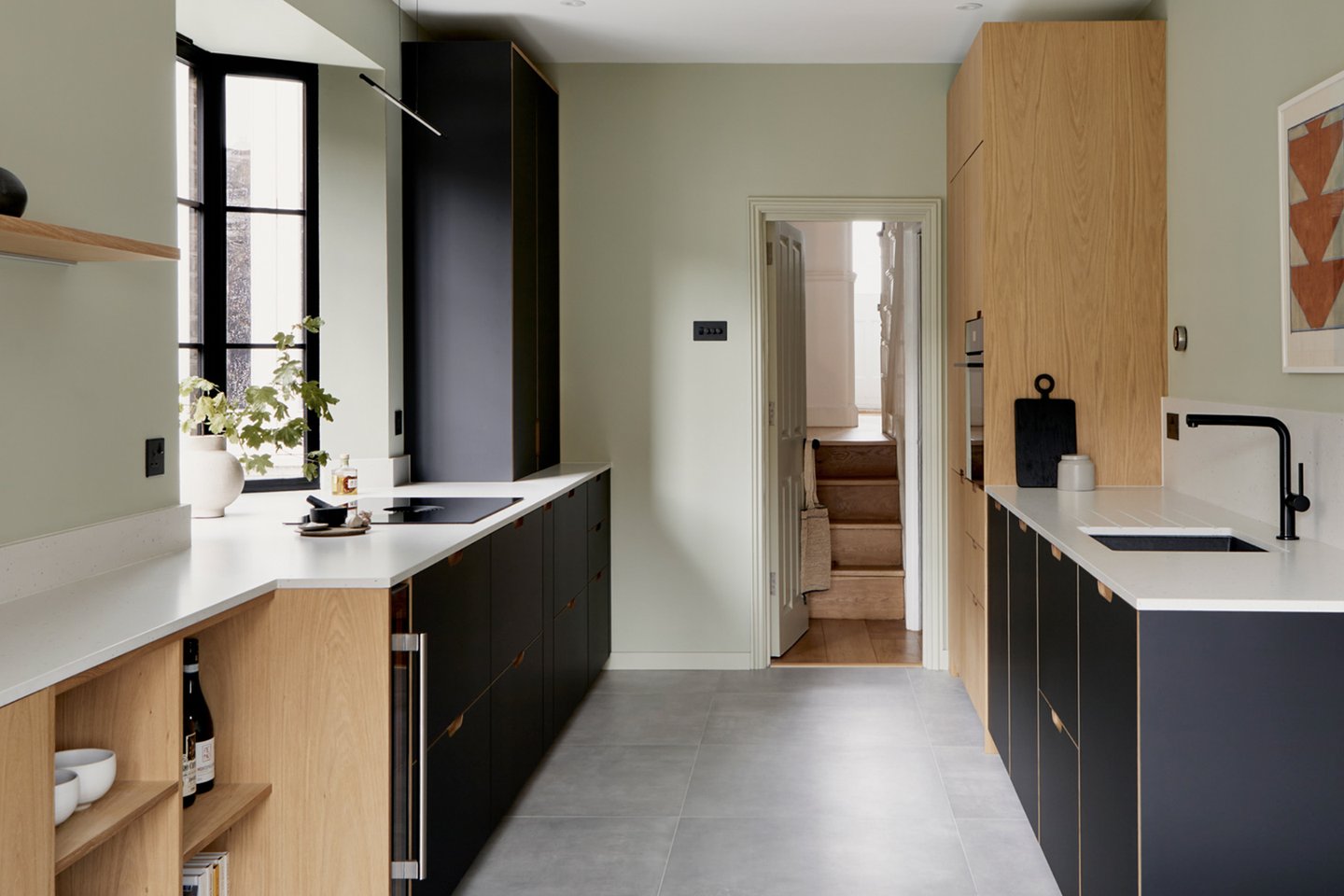
Additionally, a robust water filtration system is key to ensuring that the water we drink and cook with meets the highest standards of purity. The need for such filtration is highlighted by the widespread contamination of water supplies due to industrial waste, agricultural runoff, aging and deteriorating infrastructure and persistent pollutants such as PFAS. These 'forever chemicals', which are resistant to degradation and found in various products, have been detected in the water supplies of communities across the nation. Data from the Centers for Disease Control and Prevention (CDC) indicates that over 97 percent of Americans have measurable amounts of these substances in their systems. Considering their association with serious health issues, including certain cancers, hormonal imbalances and elevated cholesterol levels, it is crucial to minimize exposure.

In shaping a kitchen that goes beyond mere aesthetics, we can craft a space that fosters connection and encourages cooking and nutritious eating habits. With thoughtful design in every aspect – from layout and lighting to storage and appliances – we create not just a functional space, but an environment that nurtures the wellbeing of everyone who gathers there.

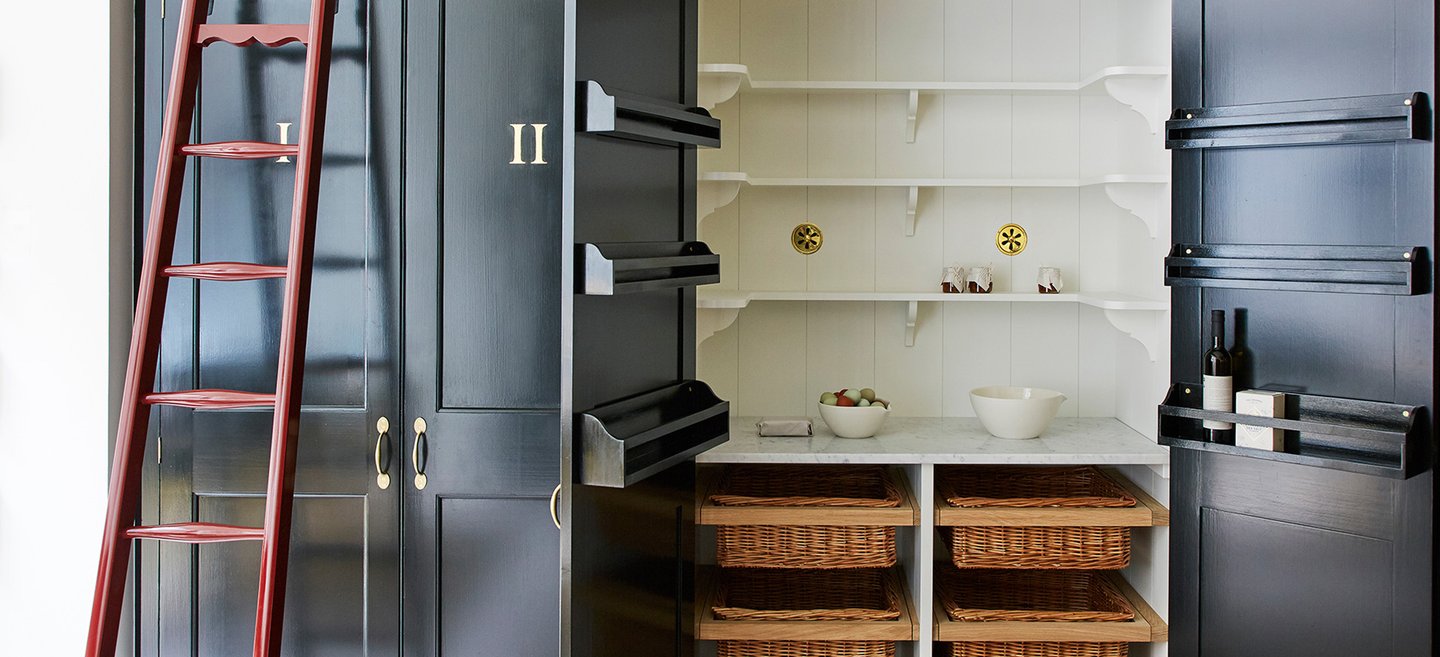

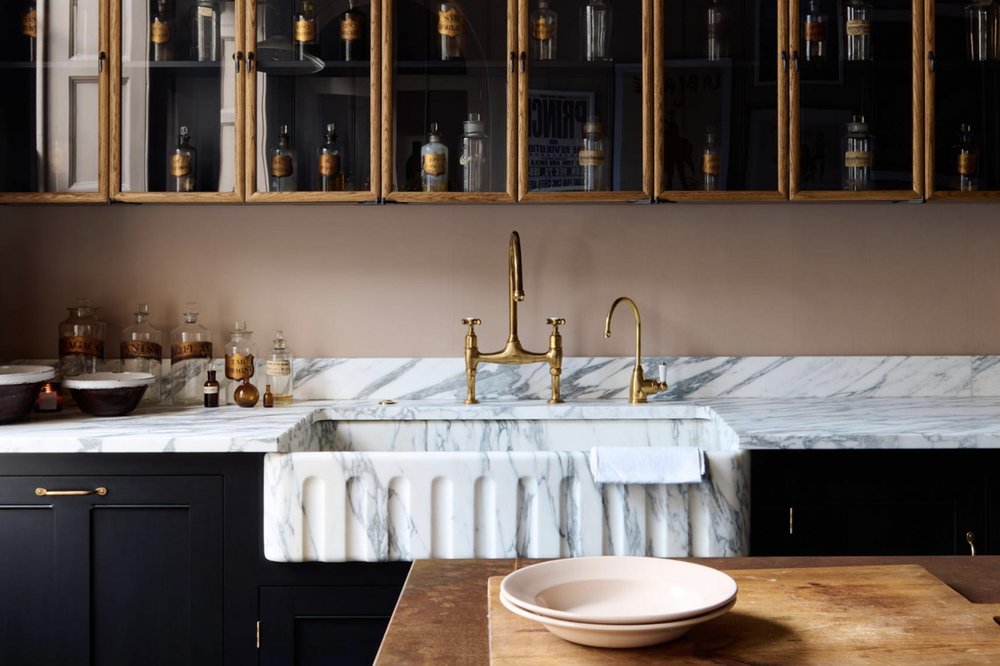

Feature Image: Kitchen by Henrybuilt with Aidlin Darling Design, photo by Adam Rouse
Photography: Henrybuilt, The Urban Garden Initiative, Form, deVOL, Holte, Plain English

4 min read
WLLW dives into designing the kitchen, crafting a space for health and connection.

2 min read
WLLW spoke with the founder of New York's first zero-waste grocery store, about how consumers can reduce waste and single-use packaging in the kitchen.